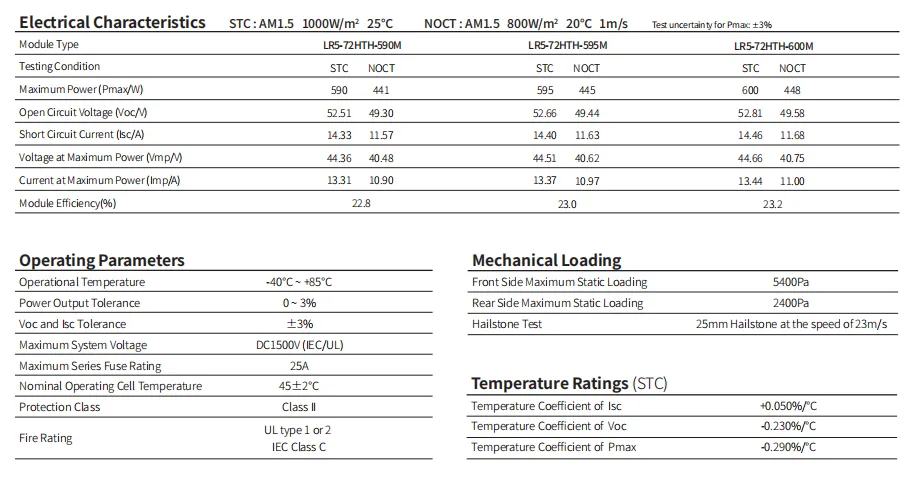flexible solar
The Advantages and Innovations of Flexible Solar Technology
In recent years, the world has witnessed a dramatic shift towards renewable energy sources, with solar power at the forefront of this movement. While traditional solar panels have made significant contributions to harnessing solar energy, their rigidity and size can limit their applications. Enter flexible solar technology—a groundbreaking innovation that promises to revolutionize the way we harness and utilize solar power.
Flexible solar panels are composed of thin, lightweight materials that can bend and conform to various surfaces, making them versatile and adaptable. This unique characteristic opens the door to a multitude of applications that rigid solar panels simply cannot fulfill. From clothing and backpacks to vehicles and building materials, the potential uses for flexible solar technology are expansive.
One of the standout advantages of flexible solar panels is their lightweight nature. Traditional solar panels can be quite heavy, making them impractical for certain installations. However, flexible panels can be made lightweight enough to be integrated into various applications without adding significant weight. For example, solar cells can be woven into fabrics, allowing clothing to generate power for small electronic devices. This can be particularly useful for outdoor enthusiasts who rely on lightweight and efficient gear capable of charging their devices on the go.
Beyond clothing, flexible solar panels can also be integrated into electronic devices. Imagine a smartphone case equipped with flexible solar cells, allowing users to charge their phones using sunlight. This innovation could significantly reduce reliance on traditional electricity sources and enhance the portability of energy solutions. Moreover, with the increasing market for portable solar chargers, flexible panels can play a vital role in creating lightweight and compact solar charging systems.
flexible solar

Flexible solar technology is also making strides in the automotive industry. As electric vehicles (EVs) continue to gain popularity, manufacturers are exploring the possibility of integrating flexible solar panels into car roofs and body panels. This addition could help extend the range of electric vehicles by converting sunlight into energy that can be used to power onboard systems or even recharge the vehicle's battery. Such a development could revolutionize the way we think about energy consumption in transportation.
Another promising application is in architecture and sustainable building design. Flexible solar panels can be integrated into building materials such as windows and roofs, transforming entire structures into energy-generating entities. This concept aligns with the growing trend of building-integrated photovoltaics (BIPV), where buildings not only consume energy but also produce it. By incorporating flexible solar technology into new construction projects, architects and builders can contribute to a greener future and reduce the carbon footprint of buildings.
In addition to their adaptability, flexible solar panels often exhibit enhanced efficiency. Innovations in materials science, such as organic photovoltaics and perovskite solar cells, have given rise to flexible solar technologies that can achieve comparable, if not superior, efficiencies compared to traditional silicon-based solar panels. As research in this field continues to advance, we can expect further improvements in the efficiency and cost-effectiveness of flexible solar solutions.
While the advantages of flexible solar technology are compelling, it is essential to address the challenges facing its widespread adoption. Issues such as durability, long-term performance, and manufacturing costs still need to be overcome. However, with ongoing research and development, the future of flexible solar technology looks promising.
In summary, flexible solar technology represents a significant leap forward in the quest for clean, renewable energy. Its versatility, lightweight nature, and potential applications across various sectors make it an exciting development in the field of solar energy. As we continue to explore innovations in this space, flexible solar panels could play a crucial role in addressing the global energy crisis, empowering individuals and communities to harness the sun’s energy in ways that were once thought impossible. With ongoing advancements and support from both consumers and industries, the widespread adoption of flexible solar technology could very well shape the future of clean energy.
-
String Solar Inverter: The High-Efficiency Solution for Smart Solar EnergyNewsJul.14,2025
-
Revolutionizing Rooftop Energy with the Power of the Micro Solar InverterNewsJul.14,2025
-
Power Independence with Smart Off Grid Solar Inverter SolutionsNewsJul.14,2025
-
On Grid Solar Inverter: Powering the Future with Smart Grid IntegrationNewsJul.14,2025
-
Monocrystalline Solar Panels: High-Efficiency Power for the Future of Clean EnergyNewsJul.14,2025
-
Bifacial Solar Panel: A Smarter Investment for Next-Generation Energy SystemsNewsJul.14,2025







